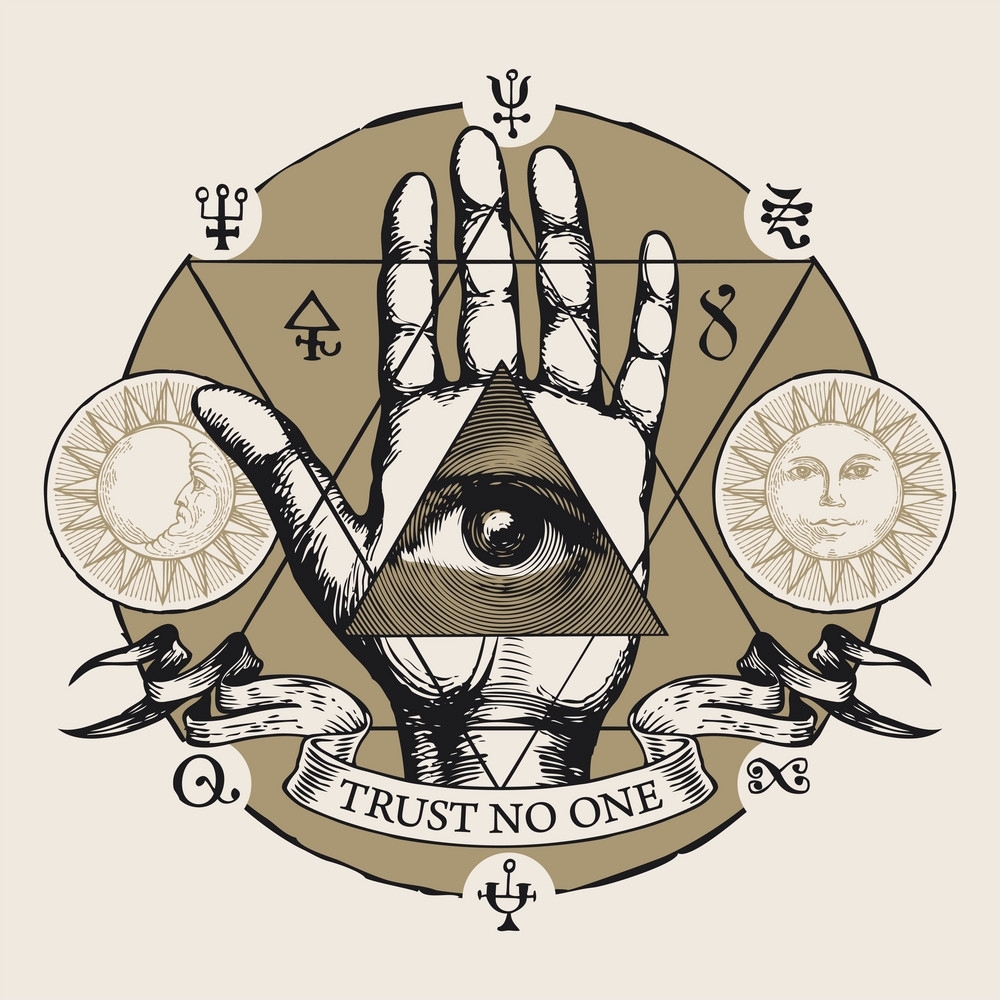“So the non-natural soul – the personalized, subjective ‘reflection of the Devil’ – has proven its existence many times over, and in a variety of contexts and semblances. But what of the Form behind all such particularized manifestations – a creative source or First Principle of whose essence all non-natural souls partake? What of an actual, uniquely-existing ‘Devil’?
During its 1966-1975 CE existence, the Church of Satan regarded its own mythology with a mixture of emotional fervor and intellectual uncertainty. The Church came into existence not as a result of a philosophically-deduced need, but rather as spontaneous gesture of exasperation with and contempt for the hollowness and hypocrisy of conventional social and religious morality. The Church was thus a ‘statement’ – a glove thrown down – not of that morality per se, but rather of humanity’s impudence in announcing goals and standards for itself which it had neither capacity nor intention of attaining. Satan, as accuser and rebel, was the inevitable symbol for this statement.
Having rejected conventional options, however, the Church found itself in the position of having to construct an alternative approach to morality. The result was an imprecise blend of personal hedonism with a rather cynical, Hobbesian attitude toward the rest of society. Those able to achieve self-indulgent lifestyles – Satanists – should do so without qualms; ordinary people should be coldly exploited as befit their unimaginative and conservative behavior- and thought-patterns. [Cf. Aristotle’s doctrine of ‘natural slavery’.]
As for Satan himself, the Church began by making much of the sinister glamor of the Devil, both in its early rituals and in media coverage. In the Satanic Bible, Anton LaVey proposed a simple identification of the Devil with any and all forms of pleasurable indulgence. Together with a lampooning and debunking of conventional religious dogma, this identification constitutes the principle theme of that volume’s ‘Book of Satan (authored by Ragnar Redbeard)’ and ‘Book of Lucifer (authored by LaVey)’.
But then the Satanic Bible becomes oddly vague. Satan himself is never really defined, save as an allegory, semantic term, and/or symbol of the subjective, creative self. On page #62 it is said that ‘most Satanists [think that Satan] merely represents a force of nature – the powers of darkness’. It is then implied that these ‘powers of darkness’ are simply natural forces which neither religion nor science has yet identified or attempted to employ. The Satanic Bible advocates using them for Indulgence – and that is where the discussion of Satan stops. The reader is then thrown somewhat off the track, because the phraseology of the rituals that follow recasts the Devil into one or more of his traditional, anthropomorphic molds.
The paradox of conventional Satanism was that the Devil was understood to be a force of nature, thus being derived from and ultimately dependent upon ‘God’ in some way. He may make a lot of noise, but in the final analysis he is part of the same all-inclusive machinery of the Universe/God; even his ‘rebellion’ is part of God’s Universal scheme. Satanists, accordingly, might be able to play a good game – but ultimately the deck is stacked against them. They cannot win.
The Church of Satan avoided this paradox by the simple technique of refusing to confront it directly. An atmosphere of psychodrama atheism prevailed. Satan was ceremonially invoked with great fervor, but in non-ceremonious surroundings even the most die-hard Satanists hesitated to take a position concerning his reality. If references to his existence were made, they were vague, cautious, and hypothetical.
This attitude prevailed throughout all levels and branches of the Church. Even Anton LaVey, when speaking of the Devil, was wont to employ such euphemisms as ‘the Man Downstairs,’ or to speak more cryptically of ‘forces’, ‘vibrations’, ‘angles’, and ‘atmospheres’.”
– Michael Aquino, Black Magic


